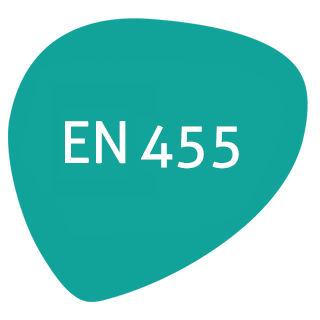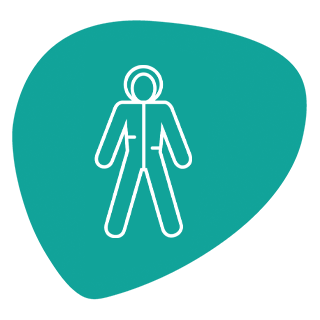At Polyco Healthline, our dedicated Technical team are experts in standards, legislation, and compliance, ensuring our products meet the Health and Safety needs of thousands of businesses across the world.
We’re here to provide an accessible and reassuring source of information - whenever a technical query causes you uncertainty. Our hope is that the pages below present technical and regulatory information that will help you make better purchasing decisions.
Note: If you’re here looking for a Product Information or Data Sheet on a specific product, these are freely available via our Download Centre.
Polyco Healthline Technology Centre
The Technology Centre is Polyco Healthline’s own testing laboratory, which is based on the same site as our head office.
Many products – PPE, medical device, or otherwise – have associated standardised test methods which may be used to evaluate or benchmark product performance. These tests are not only required for product certification but are also useful in areas such as new product development and complaint resolution. The laboratory is well-equipped to perform a wide range of chemical and physical tests.
The laboratory is divided into three sections by type of testing:
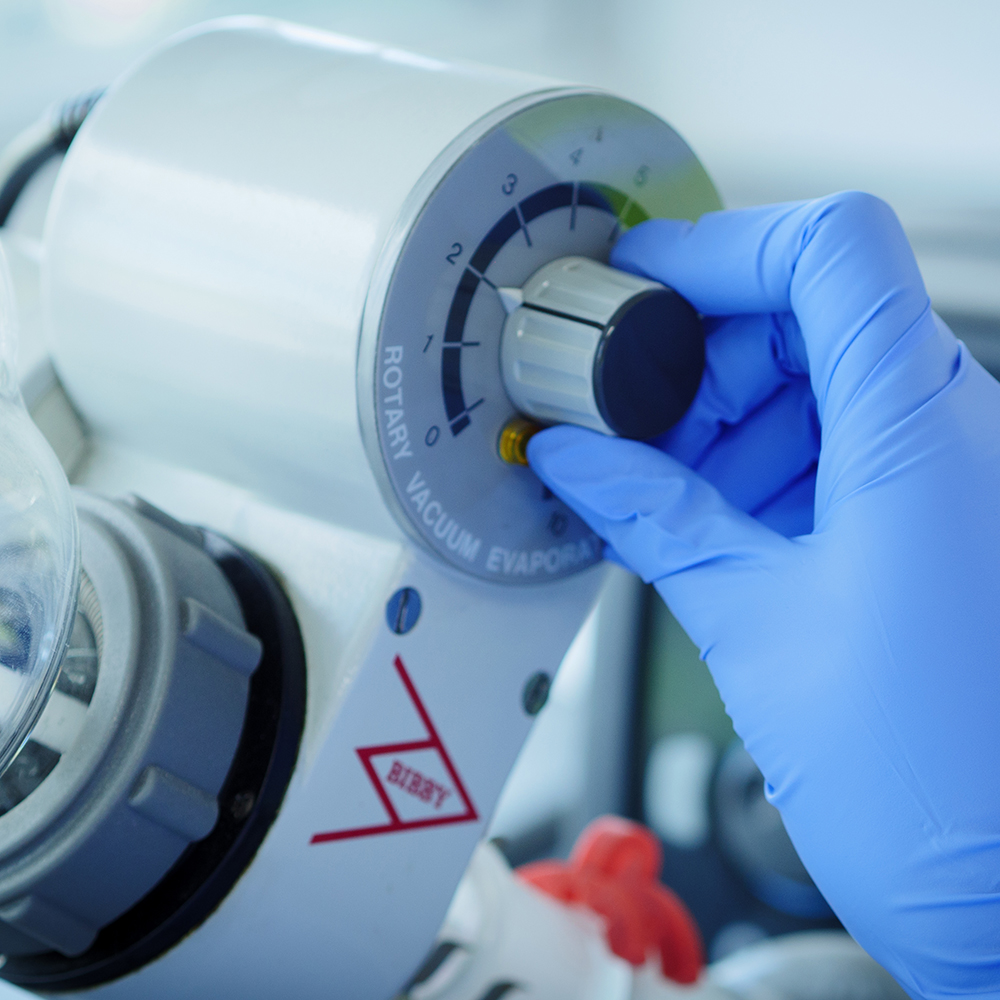

Chemical Laboratory
Tests including permeation and degradation resistance to various chemicals (EN 374; EN 16523-1), powder content (EN 455-3), pH testing (ISO 21420; ISO 3071; ISO 4045), overall food migration, colour fastness to perspiration and inorganic content.
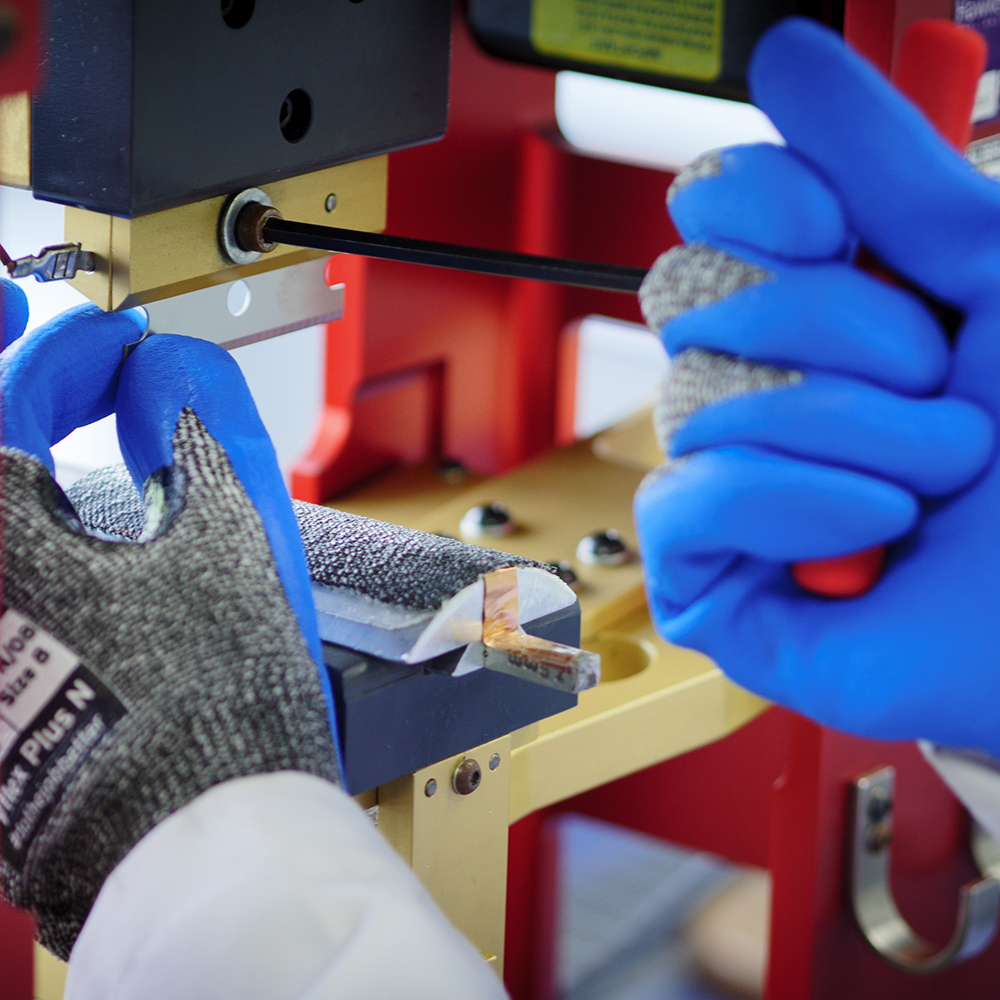

Physical Laboratory
Tests including abrasion, cut, tear, and puncture resistance (EN 388), force at break (EN 455-2), tensile strength and elongation, dart impact resistance and dimensions.
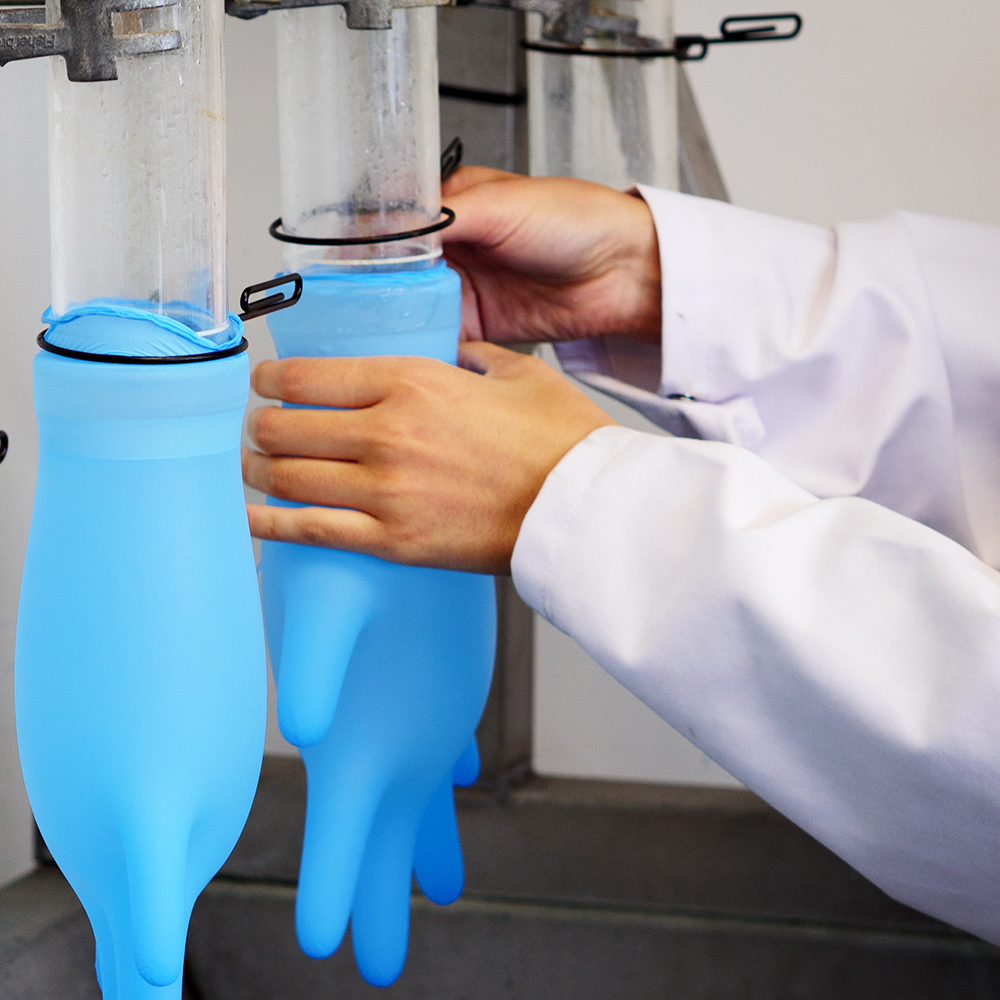

Wet Laboratory
Tests including freedom from holes (water leak) (EN 455-1), resistance to penetration by water (EN 374-2), and machine-washing trials.
Guided tours of the laboratory are available, giving customers a valuable opportunity to see test methods being performed in person and gain an extra understanding of what’s involved in each of the tests. If you would like to book a tour, please contact your sales representative. If you have any queries about our testing capabilities or would like to request testing, please contact us at laboratory@polycohealthine.com
Standards Explained
Every product with a UKCA or CE mark has an associated standard which outlines the performance criteria the product has been shown to meet. These criteria are set by various standards which outline standardised test methods. There are many and varied standards for the various products we sell – summarised in this section are some of the most-used glove standards.
All personal protective equipment (PPE) gloves must comply with EN ISO 21420 – this standard outlines general requirements and test methods for protective gloves. Further standards are applicable depending on the specific hazards the glove is designed to protect the user from. The following sections explain some of the common standards for chemical and micro-organism (EN 374), mechanical (EN 388), and thermal risks (EN 407, EN 511) relevant to PPE gloves.
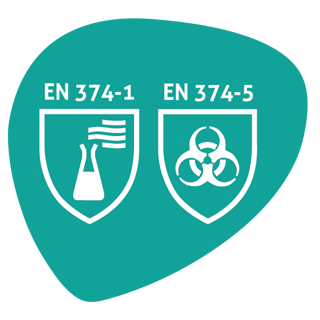

Protective gloves against dangerous chemicals and micro-organisms - EN ISO 374 parts 1 and 5
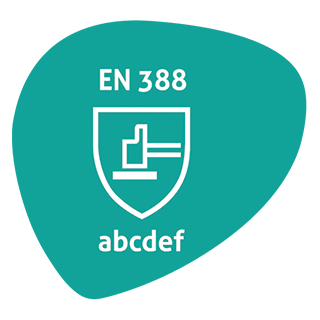

Mechanical risks - EN 388:2016+A1:2018
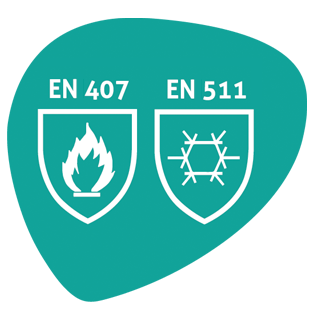

Thermal risks (heat) - EN 407:2020 and Thermal risks (cold) - EN 511:2006
Technical helpline
Our technical helpline is operated by our expert technical team – if you have any queries of a technical nature, such as product recommendations, questions about standards, certificates, or testing requirements, please do not hesitate to contact technical@polycohealthline.com
Need More Advice on Standards and Compliance?

